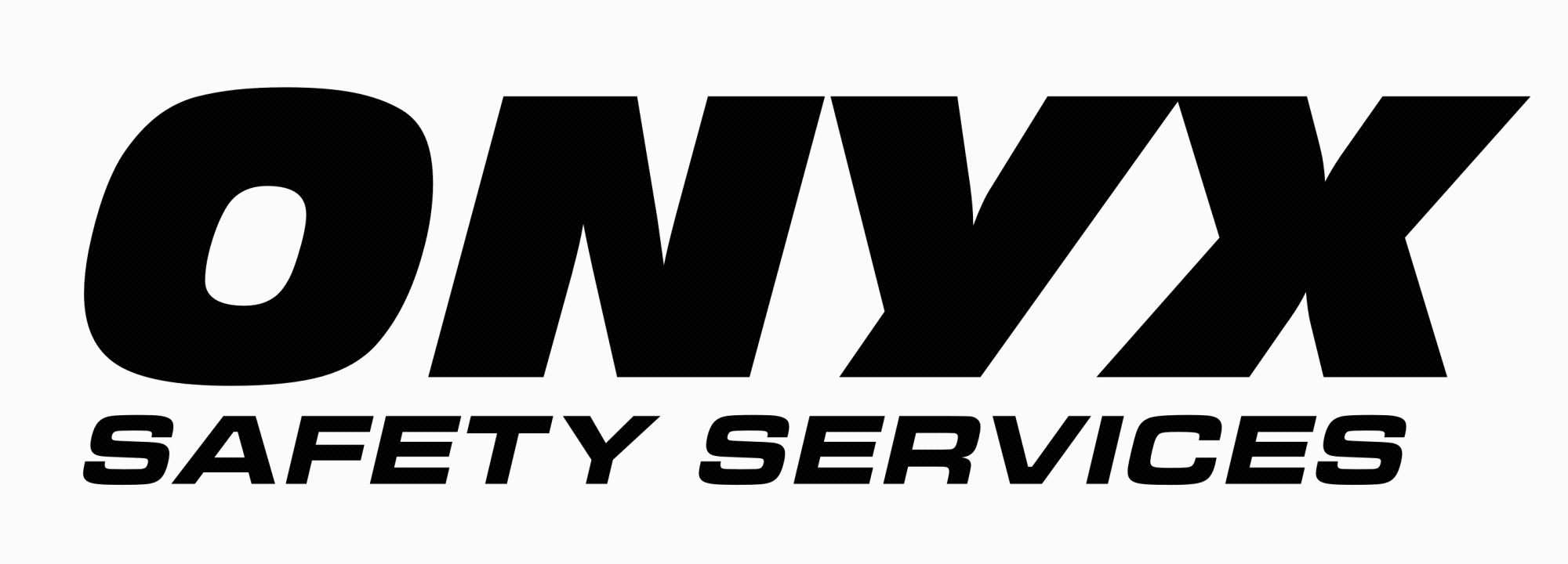Welcome to Onyx Engineering, Inc.
Pre-Task Planning
Someone once said that, "if you fail to plan, you plan to fail". Safe execution takes detailed planning. Projects must identify and mitigate hazards before beginning work. An effective pre-task plan requires people to think before they act.
There are 2 critically disciplined ways for an organization to approach a project, preplan work and anticipate risk; a JSA and a SAP. Each of these important tools addresses different stages of a plan, but both tools require you to anticipate and mitigate risks.
Safety Action Plan
An SAP focuses on the risks associated for a specific task for that day. The SAP is used to remind the team of the required permits, PPE, surrounding work environment, and other miscelleanoue safety precautions associated for a specific task for the day. A supervisor should perform an SAP with their crew every morining before empolyees start work, and use this time as a prejob brief for the day to help identify potential hazards in the work environment. Have each employee sign the SAP at the start of the shift and then inital it again during a post-shift briefing. The supervisor should document all concers or incidents that happended that day.
Good pre-task planning tools require thinking through all stages of work. Document the process and monitor your system daily, so all members of the team from the superintendent down will be on the same page of thinking.

Job Safety Analysis
A JSA evaluates a job in its entirety, analyzing each step in a job and identifies the hazards associated with each step. Once one knows the hazards, defences can be put in place to protect people. A JSA allows projcet staff to think through the job as a whole and prepare for individual steps. A JSA is developed before you begin a project. It is similar to a work project that identifies risk throughout the procedure, and leaders should use a team approach to develop the JSA. The more input received from multiple perspectives, the more effective the tool becomes.
